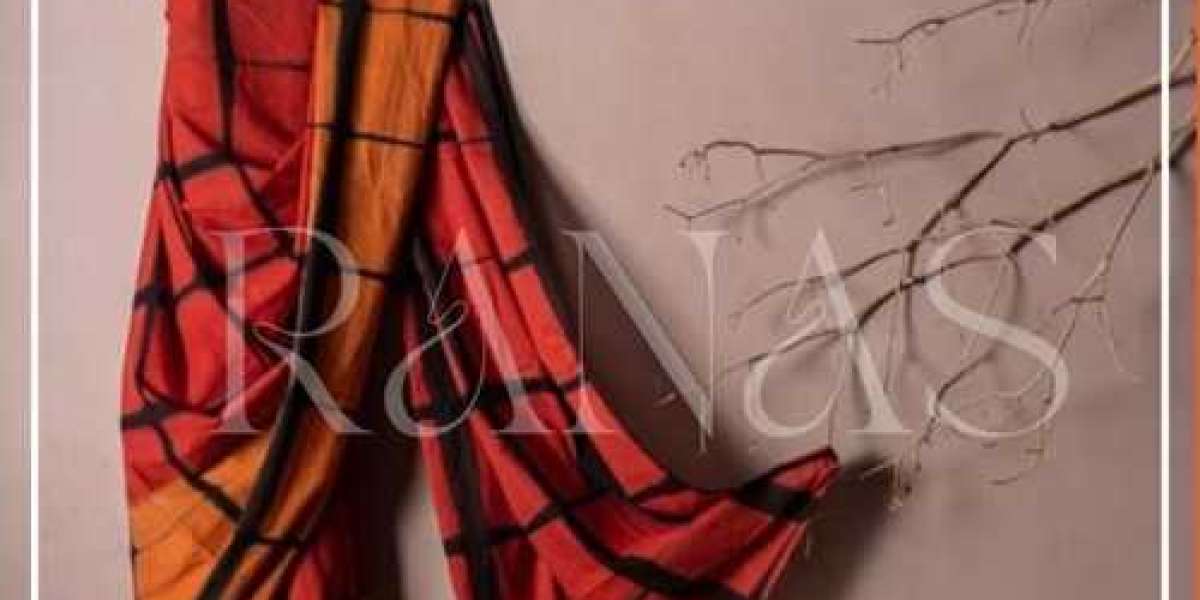India, with its rich cultural heritage, boasts a myriad of traditional attires, each unique to its region and history. Among these, the "Rajputi Poshak" stands out as a symbol of elegance, pride, and royal legacy. Worn predominantly by the Rajput women of Rajasthan, this traditional dress is more than just clothing—it's a statement of identity, cultural pride, and artistic brilliance. This article delves into the intricacies of the Rajputi Poshak, exploring its history, components, cultural significance, and its place in contemporary fashion.
Historical Background
The Rajputi Poshak has its roots deeply embedded in the history of Rajasthan, dating back to the era of Rajput kingdoms. The Rajputs, known for their valor and chivalry, also had a keen sense of style and aesthetics, which is reflected in their traditional attire. The Poshak was not just a garment but a representation of the nobility and grace associated with Rajput women. Over centuries, this attire evolved, incorporating influences from Mughal artistry while retaining its distinctive Rajput identity.
Components of Rajputi Poshak
A traditional Rajputi Poshak typically consists of four main components:
Kanchli: This is a short, sleeveless blouse worn beneath the Kurti. It is often richly embroidered with intricate patterns and sometimes adorned with mirrors and beads.
Kurti: Worn over the Kanchli, the Kurti is a long-sleeved blouse that extends slightly below the waist. It is usually made from luxurious fabrics like silk or brocade and is elaborately decorated with hand-embroidery, zari work, and other embellishments.
Ghagra: The Ghagra is a full-length skirt that is the most prominent part of the Poshak. It is characterized by its broad circumference and pleats, which allow for graceful movement. The Ghagra is often crafted from rich fabrics and is heavily embroidered with motifs that reflect the rich heritage of Rajasthan.
Odhni: Also known as Dupatta, the Odhni is a long scarf that completes the ensemble. It is draped over the head and shoulders, adding an element of modesty and elegance. The Odhni is often made from lighter fabrics like chiffon or georgette and is embellished with borders and motifs that match the Ghagra and Kurti.
Embroidery and Fabrics
The beauty of a Rajputi Poshak lies in its intricate embroidery and the quality of fabrics used. Common fabrics include silk, brocade, georgette, and chiffon, which are chosen for their luxurious feel and ability to hold elaborate embroidery. The embroidery techniques are varied and rich, including:
Zari Work: Metallic threads are used to create intricate patterns that shimmer and shine, adding a regal touch to the attire.
Gota Patti: Strips of gold and silver ribbon are embroidered onto the fabric to create beautiful designs. This technique is especially popular for wedding Poshaks.
Mirror Work: Small mirrors are embedded into the fabric, creating a dazzling effect that catches the light beautifully.
Resham Embroidery: Silk threads are used to create detailed and colorful motifs, often depicting flowers, peacocks, and other traditional symbols.
Cultural Significance
The Rajputi Poshak is not merely a traditional dress but a cultural emblem that signifies the rich heritage and identity of the Rajput community. It is worn during significant life events such as weddings, festivals, and religious ceremonies, marking the wearer's connection to their ancestry and cultural roots.
Weddings: The bridal Poshak is particularly elaborate, often featuring extensive embroidery and embellishments. The colors are vibrant, with red being the most popular choice due to its auspiciousness in Indian culture.
Festivals: During festivals like Teej and Gangaur, Rajput women don their Poshaks as part of the celebration, participating in dances and rituals that have been passed down through generations.
Religious Ceremonies: The Poshak is also worn during religious ceremonies, symbolizing purity and devotion. The act of dressing in traditional attire for such events is seen as a mark of respect and reverence.
Contemporary Relevance
While the Rajputi Poshak is steeped in tradition, it has also found a place in contemporary fashion. Modern designers are continually reinventing this classic attire, blending traditional techniques with modern aesthetics to create pieces that appeal to a wider audience.
Fusion Fashion: Designers are experimenting with the Rajputi Poshak, incorporating elements of it into modern fashion. This includes pairing the traditional Ghagra with western-style tops or using the intricate embroidery on contemporary silhouettes.
Celebrity Endorsements: Bollywood celebrities and fashion influencers often wear Rajputi Poshaks, bringing them into the limelight and making them popular among younger generations.
Global Appeal: The Rajputi Poshak has gained international recognition, with its intricate designs and luxurious fabrics appealing to fashion enthusiasts worldwide. It is not uncommon to see elements of this traditional attire on global fashion runways.
Preservation and Promotion
Given its cultural and historical significance, there is a concerted effort to preserve and promote the Rajputi Poshak. This involves:
Craftsmanship Preservation: Initiatives are in place to support the artisans who create these masterpieces. This includes providing training, financial support, and platforms to showcase their work.
Cultural Festivals: Events and festivals dedicated to Rajput culture often feature exhibitions and fashion shows that highlight the beauty of the Poshak.
Educational Programs: Schools and institutions in Rajasthan include lessons on traditional crafts and attire, ensuring that the younger generation understands and values their cultural heritage.
The Rajputi Poshak in Modern Life
In contemporary India, the Rajputi Poshak is more than just a garment worn on special occasions. It has become a symbol of pride and identity for Rajput women. Many women wear simplified versions of the Poshak in their daily lives, especially in rural areas of Rajasthan, where tradition remains strong.
Moreover, urban Rajput women often wear the Poshak during cultural events and family gatherings, bridging the gap between modernity and tradition. This blend of old and new allows the Rajputi Poshak to remain relevant and cherished in the modern world.
Conclusion
The Rajputi Poshak is a magnificent example of India's rich textile and cultural heritage. Its elaborate design, intricate embroidery, and vibrant colors make it a standout piece of traditional attire. More than just clothing, it represents the pride, history, and identity of the Rajput community.
As the world moves forward, the Rajputi Poshak continues to evolve, blending traditional craftsmanship with contemporary fashion trends. This ensures that while the attire retains its historical and cultural significance, it also remains relevant and cherished by future generations. Through continued efforts to preserve and promote this traditional attire, the legacy of the Rajputi Poshak will undoubtedly endure, symbolizing the timeless elegance and cultural richness of Rajasthan.
For more info:- leheriya sarees












